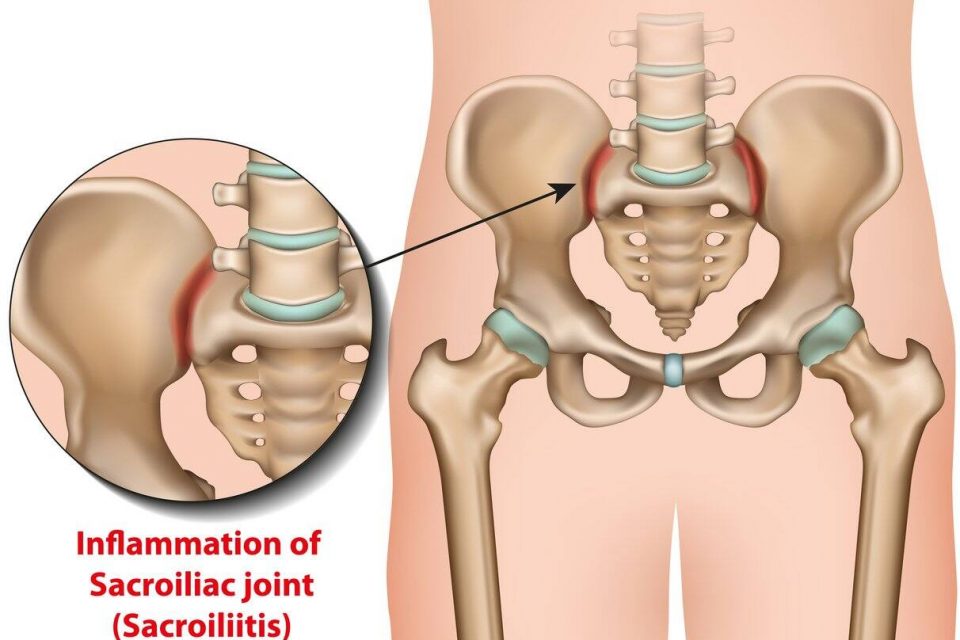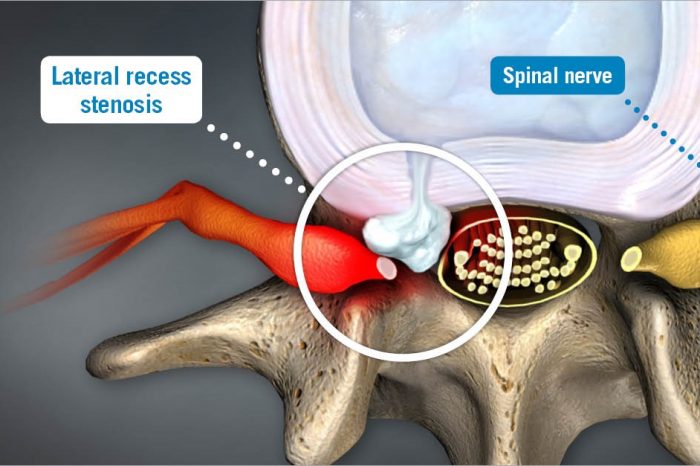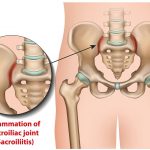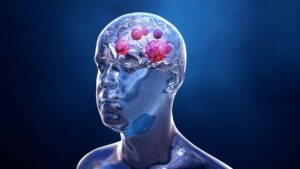Lumbosacral or SacroIliac Ankle Pain

Lumbosacral Or Sacro-Iliac Angle Pain

Lumbosacral or Sacro-Iliac Angle Pain is a common condition that affects the neck, lower back, and hips. The sacro-iliac joint is the closest joint to the lumbosacral angle. Its pain is often misdiagnosed, though. It is best to seek medical help for any lingering symptoms.
The sacro-iliac joint is composed of two bones: the lumbosacral joint (L5-S1) and the sacrum, which is the triangle-shaped bone underneath the lumbar spine. The sacro-iliac joint space is filled with synovial fluid. The posterior sacro-iliac angle, or PSIS, is very strong and resists anterior movement.
The SI joint has a strong ligamentous system that enhances stability and limits the range of motion. The sacro-iliac joint is prone to nutation and counternutation, which occurs in the frontal plane of the sacro-iliac joint. The weight of an adult at the SI joint is placed in the direction of gravitational forces. The opposite occurs when the body reacts against gravity and counternutates. Most individuals experience two to four millimeters of movement in this joint.
When patients experience buttock pain, the cause is often obscured. A common biopsychological condition called catastrophization or fear-avoidance may also lead to persistent symptoms. This type of chronic pain should be investigated by an experienced physician, but patients should not ignore a structural condition. The structure and function of the sacro-iliac joint contributes to the difficult diagnosis of the condition.
A physical examination and a detailed history of the patient’s symptoms can help the doctor diagnose the condition. A spinal scan may be needed to make a definitive diagnosis. A physical examination is essential for diagnosing and treating the condition. The physiotherapist will determine the cause of pain and offer treatment options. Sometimes manipulation may be necessary. If surgery is not possible, other treatment methods are recommended.
Although the cause of this condition is not yet known, it can affect a patient’s daily activities and interfere with sleep. Women may experience pelvic organ dysfunction associated with buttock pain. For women, the sacroiliac joint is also affected by a weaker lumbar spine, which allows them to give birth. The lumbar spine is the most common area of the body to suffer from this condition, but it may be referred to by other parts of the body.
In addition to evaluating the lumbar spine, doctors can also perform an orthopaedic examination to assess the cause of buttock pain. The sacroiliac ligaments are weaker in women, which makes them more vulnerable to injuries. In addition to a structural exam, a patient may experience buttock pain that affects the legs.
The presence of a lumbar symphysis may indicate a dysfunction of the sacroiliac joint. Symptoms can include pain in the groin, pubic symphysis, and the coccyx. In rare cases, sacroiliac joint pain is associated with sexual dysfunction and urinary incontinence.
If the sacroiliac joint is the cause of pain, a diagnostic SI joint injection may be recommended. This procedure involves the injection of corticosteroid medication and a local anesthetic. X-ray fluoroscopy is used to ensure that the needle is properly placed in the SI joint. The pain level will be measured before and after the injection and over the next week. If the patient continues to experience any of these symptoms, then their symptoms are likely to be related to a malfunction of the sacroiliac joint.
Symptoms of Lumbosacral or Sacro-Iliac Angle Pain may occur during a wide range of ages. The average incidence of this condition is about 13%-48%, with women experiencing it more than males. The sacroiliac joint is connected to the pelvic girdle and the thoracolumbar fascia. The gluteus maximus, piriformis, and long dorsal ligament are among the main structures that contribute to lumbar pain.
The diagnosis of sacroiliac joint pain is often difficult. It is important to seek medical attention for your pain, as the pain may be related to another condition. Some symptoms of this type of joint pain may mimic those of radicular or axial pain. When the pain is exacerbated by standing on one leg, it is important to seek medical attention immediately.






